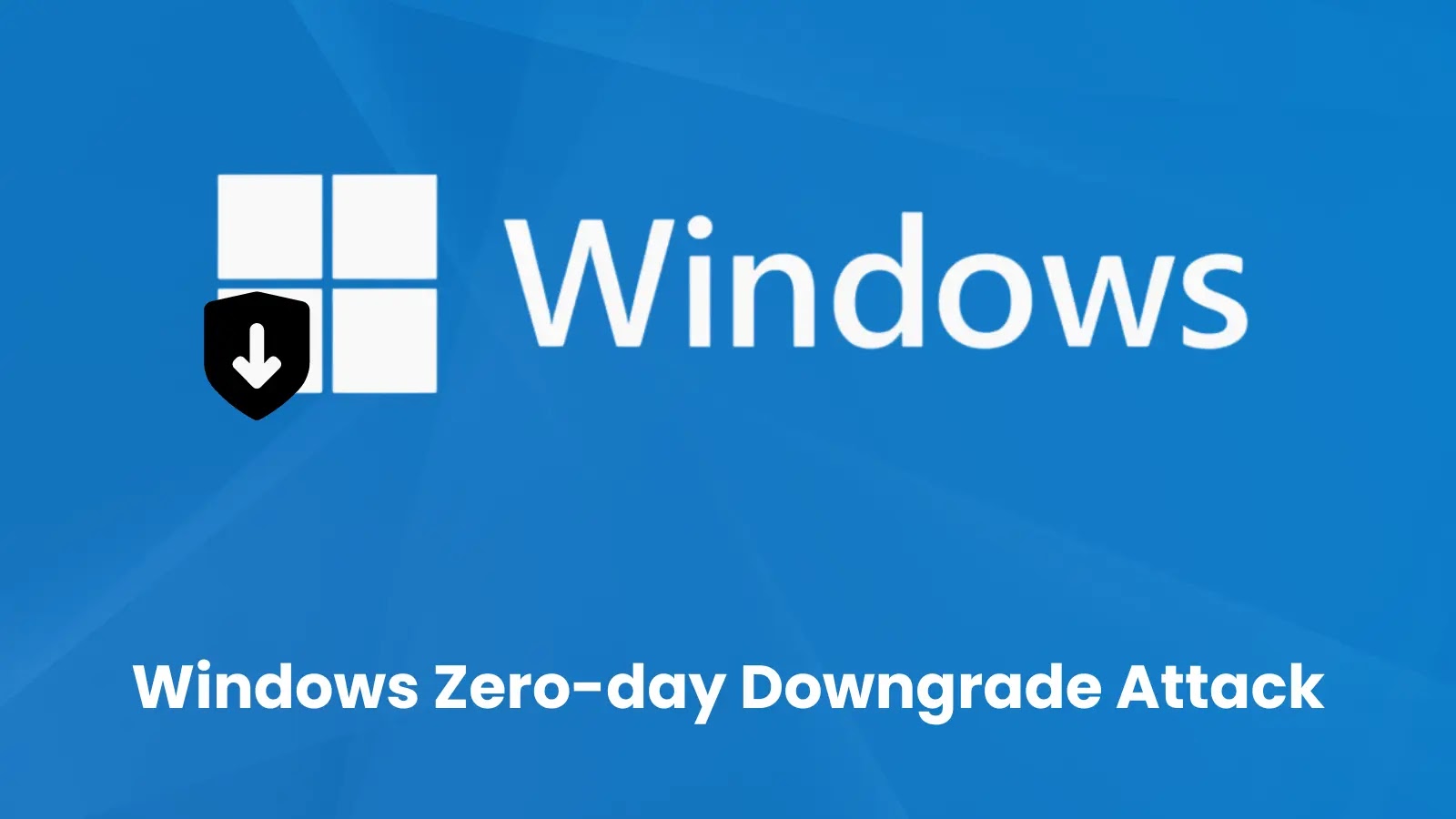Researchers discovered a significant flaw which allowed them to take full control of the process of Windows Update. This also allowed the creation of Windows Downdate, a tool that can be used for downgrading updates and bypassing all verification steps including Integrity Verification and Trusted Installer Enforcement.
Additionally, after the downgrading of Critical OS components was achieved including DLLs, drivers and the NT kernel, the OS reported that it was fully updated and was unable to install future updates. Moreover, the recovery and scanning tools were not able to detect the issues in the Operating System.
Further escalating this attack, the researchers successfully downgraded Credential Guard’s Isolated User Mode process, Secure Kernel, and Hyper-V’s hypervisor to expose past privilege escalation vulnerabilities.
This concludes the overview with the final discovery of multiple ways to disable Windows virtualization-based Security (VBS), including Credential Guard and Hypervisor-Protected Code integrity (HVCI), even when enforced with UEFI locks.
The result of this attack resulted in a fully patched Windows machine that is vulnerable to thousands of previous patched vulnerabilities, changing fixed vulnerabilities to zero-days and still making the Operating System to think that it is “fully patched”.



I find it weird that people look back fondly on XP. I remember at the time thinking it behaved like crap, had an interface that looked like shit, and was extremely easy to compromise.
I guess Rose colored glasses for some people…
For me, I was enamored with the simplicity of it. You click Start and the Start menu just appears, without having to spend 10 seconds connecting to the internet to refresh a bunch of tiles that I never wanted in the first place. There wasn’t any half-baked “assistant” trying to suggest new spyware for me to install. It didn’t try making me sign into a Microsoft account just to open the photo gallery. The only “bloatware” it came preinstalled with was Outlook Express. The whole experience just made the computer feel like a tool to use for a purpose again.
It’s funny, because I remember thinking when Vista and subsequent versions of Windows came out, that it was amazing we ever survived with something as primitive as XP. But these days, all I want is to go back to that.
My current environment - and one for many years, is just like you describe. No ads, instant launch (either from a launcher, or just type what I want and it pops up). No spyware, no account, no assistant. I even have a modern file manager that windows STILL hasn’t surpassed.
But I remember at the time when XP came out, Windows 2000 already was all those things, Beos was all those things, Macs were all those things.
Without the nasty (and limited) XP colors and theme, the 10 minute exploits, the huge waste of space in all the dialogs, and the beginning of the Pro vs Home licensing, where they started with the bullshit of home has: only 1 processor, no remote desktop, no 64 bit, they even removed windows backup!
You could exploit and gain admin in a Windows XP machine right to the end, it could not be locked down if a user sat at it. Which, I know, if you have access to the machine usually all bets are off, but for a multi user machine it was less than acceptable.